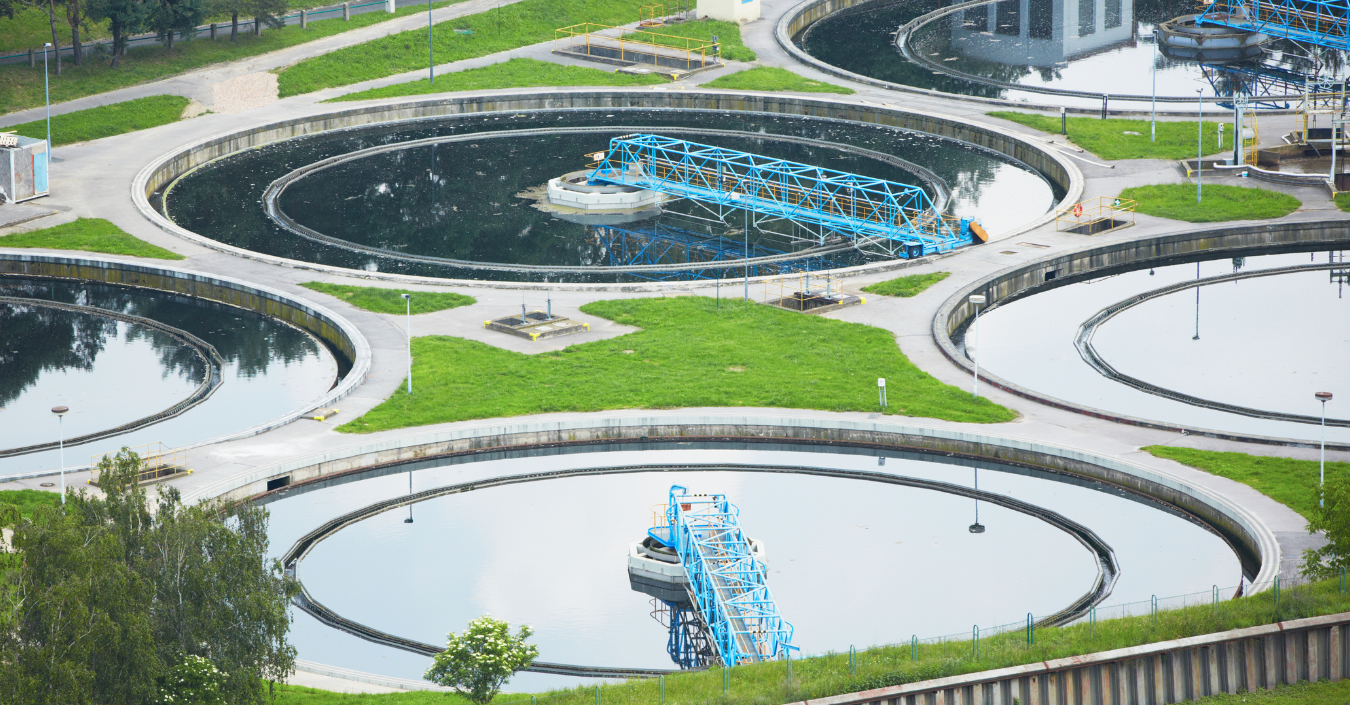Water, Demand & the Grid: The Role of Water Facilities in Building a Resilient Energy-Water Nexus
Water and wastewater treatment facilities account for up to 40% of a municipality’s total energy use, making them one of the largest overlooked resources for supporting grid stability during peak demand events. At the same time, hotter summers, longer droughts and increasingly extreme weather patterns are driving energy demand to record highs and testing the limits of critical infrastructure.
These facilities are uniquely positioned to support the grid in real, measurable ways. By participating in demand response (DR) programs, these energy-intensive operations can reduce costs and ease pressure on the grid during periods of high demand. In doing so, they’re transforming from energy consumers into active partners in a more adaptive and reliable grid.
From Energy Load to Grid Asset: The Regional Opportunity
In regions prone to droughts or high temperatures, such as California and Texas, water systems face dual pressure: limited water supply and rising energy demand. On hot afternoons and dry spells, demand spikes — creating stress on both the grid and water infrastructure. California’s water systems alone use nearly 20% of the state’s electricity and 30% of its natural gas.
Many of these systems have flexibility already built into their processes. With proper coordination, operators can shift high-energy tasks like pumping or filtration outside of peak demand windows without compromising service quality or safety. Through DR programs, this shift becomes both strategic and financially rewarding.
Extreme Heat & Peak Demand: Why Timing Matters
Across the U.S., utilities are reporting more frequent “grid alert” days as heatwaves push air conditioning usage to its limits. Simultaneously, water facilities are under pressure to maintain output during periods of increased demand and, in some cases, reduced availability.
This is where energy management solutions like demand response play a critical role. DR programs incentivize facilities to curb or shift electricity usage during peak events—whether that’s a hot summer afternoon or a grid emergency. When paired with automated control systems, facilities can respond in real time without manual oversight or disrupting operations.
For example, when demand on the grid hits a predetermined threshold, automated demand response (auto-DR) systems can temporarily pause or reschedule select processes, drawing on water reserves or optimizing energy-intensive equipment use. The result is lower energy costs, operational stability and direct compensation from utility partners.
A Path to Resilience Without Compromise
Participation in demand response is not just about saving money—it’s about smart risk management. By building flexibility into their energy management strategy, water districts and private operators can protect themselves from price spikes, help prevent rolling blackouts and strengthen their role as dependable infrastructure providers.
Best of all, this doesn’t require new equipment or major capital investments. Many DR strategies use existing infrastructure and can be integrated with systems already in place, like SCADA platforms or building management systems. With guidance from experienced DR providers, facilities can reap new value from the assets they already manage while also creating new and viable streams of revenue from utility incentives and financial rebates.
Water Facilities Are Essential to Grid Stability—It's Time to Act Like It
As energy demand increases, utilities and grid operators are looking for fast, scalable ways to improve reliability without investing in new, costly generation. Water and wastewater facilities are well-positioned to meet that need. Their scale, energy intensity and operational flexibility make them ideal candidates for DR participation, especially in regions hit hardest by extreme heat and drought.
Trusted partners like Enersponse are helping water and wastewater facilities tap into this opportunity, automating participation, maximizing incentives and delivering measurable results without disruption to operations.
Ready to make your facility part of the solution?
Enersponse partners with water and wastewater operators to deliver tailored demand response strategies—uncovering hidden revenue, supporting grid stability and helping safeguard critical infrastructure during peak periods.
Connect with our team today to explore how your facility can benefit.

